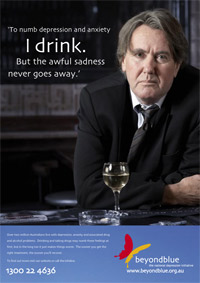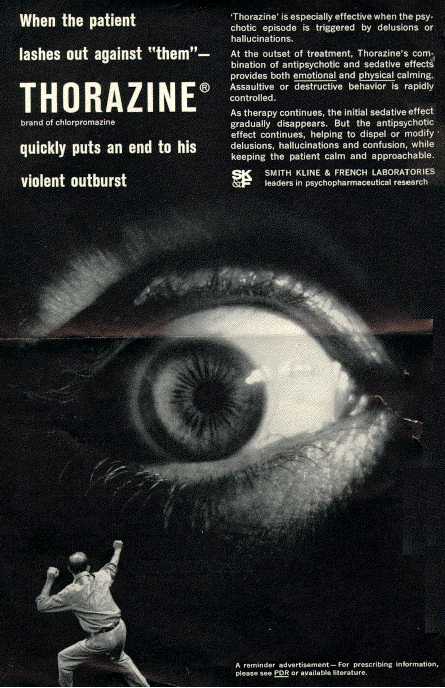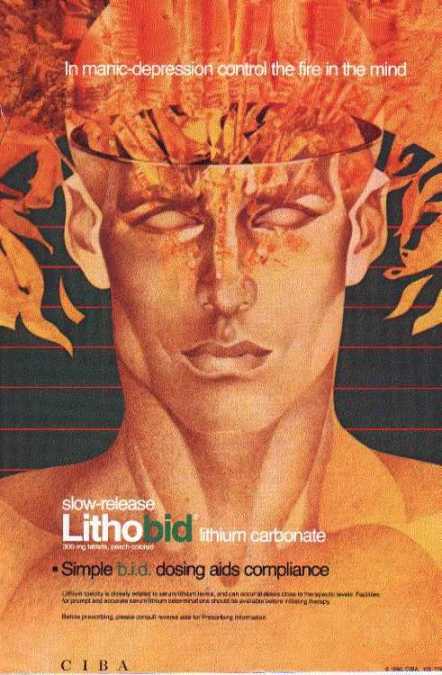I want you to close your eyes. What do you think of when you hear “supportive environment”? Focus on on a place where you feel supported and safe. Where people gather to talk and share and express themselves without fear of judgement. Think a space where you can cry or scream or yell or sit quietly and others will respect your expression. A place where security means the freedom to move around and seek assistance from those around you. Where the distinction between peer and professional takes a back seat to receiving validation and aid. There are open spaces here. There is recreation. There is art and performance.
Now observe these images:
I know where I would prefer to go should I need assistance with mental health issues if it was between the description and the pictures. The pictures are of Arkham Asylum, more formally known as the Elizabeth Arkham Asylum for the Criminally Insane. Anyone who likes Batman knows Arkham, it is where all the villains end up…or in some cases come from. Arkham encompasses all the worst assumptions and stereotypes of mental health treatments. Arkham is scary, dark, a locked facility full of the worst elements of society including deformed, mutated, and altogether “anti-normal” individuals. On top of that it is a place for criminals. Though it specifies the “criminally insane” it is hard to find a line between “criminally” and “insane.” For the most part it seems in the Batman universe those two terms are synonymous. Even Batman, who many believe to have one or more mental illness (please see Batman is Batsh!t) is viewed as a dangerous vigilante barely remaining on the side of “good.”
I’ll be honest, when I hear “asylum” or “sanatorium” I think of a place like Arkham and the old institutions featured in films and books like Girl, Interrupted and One Flew Over the Cuckoo’s Nest.
















